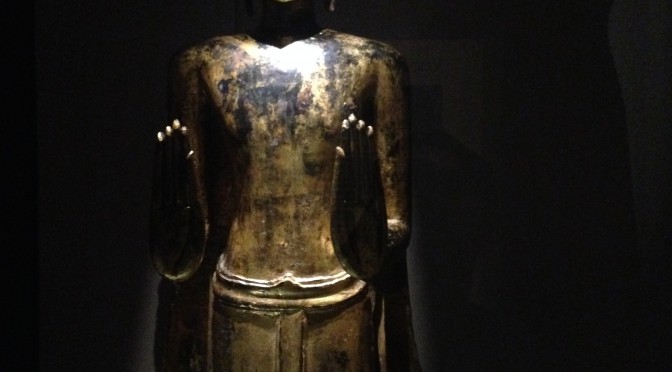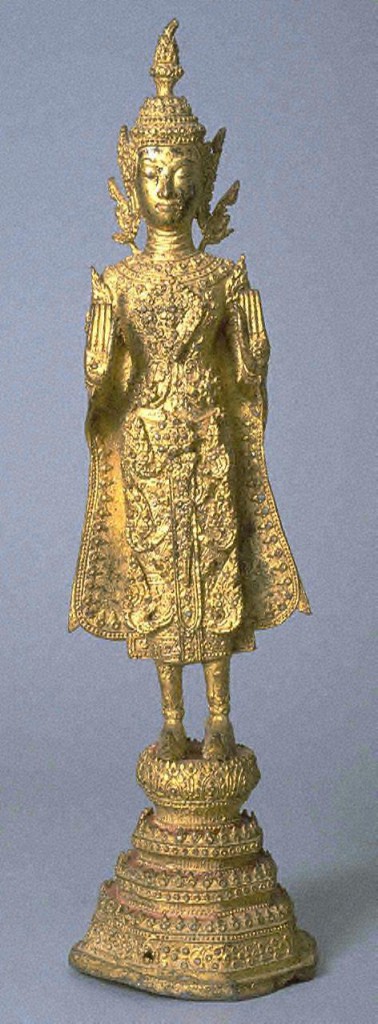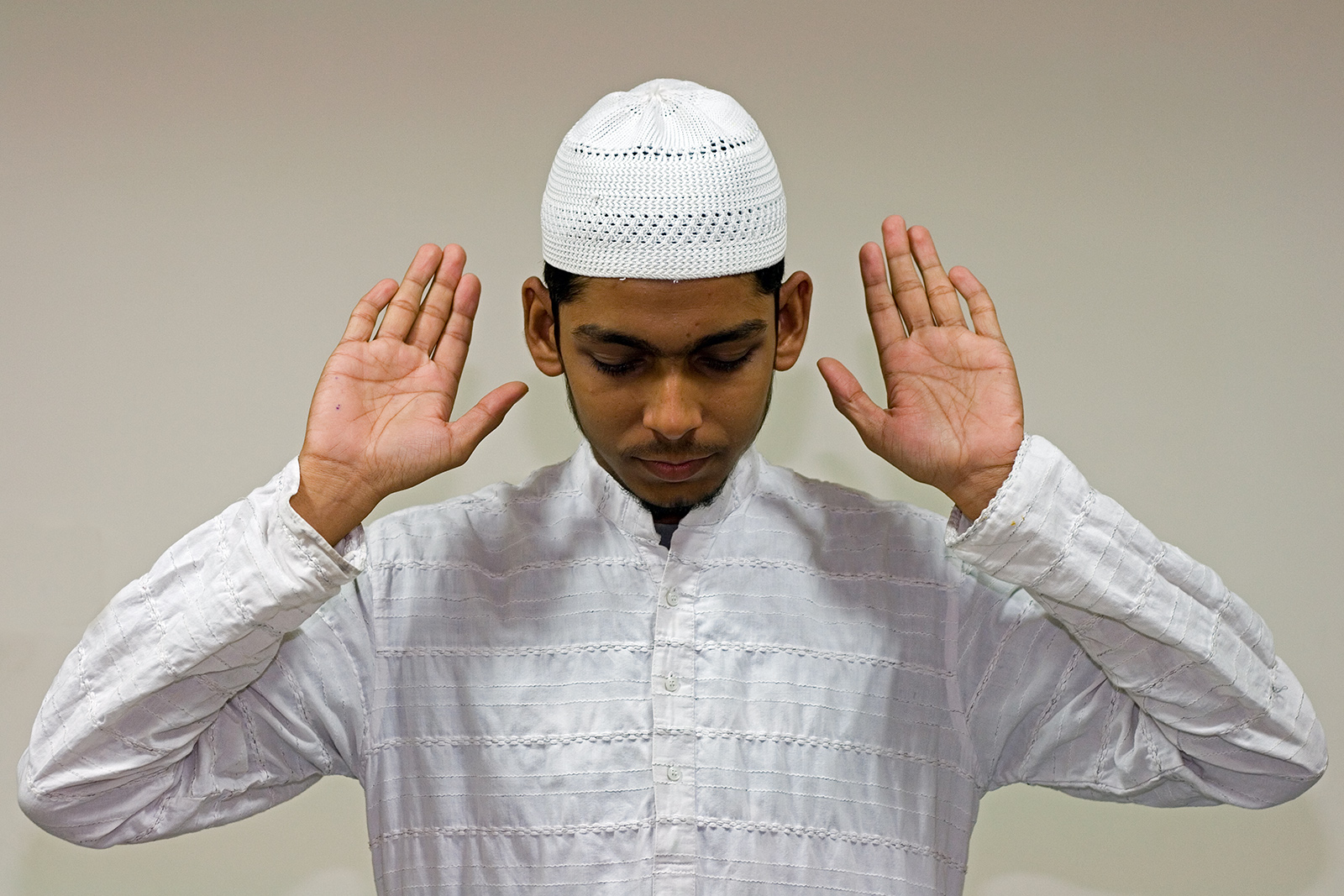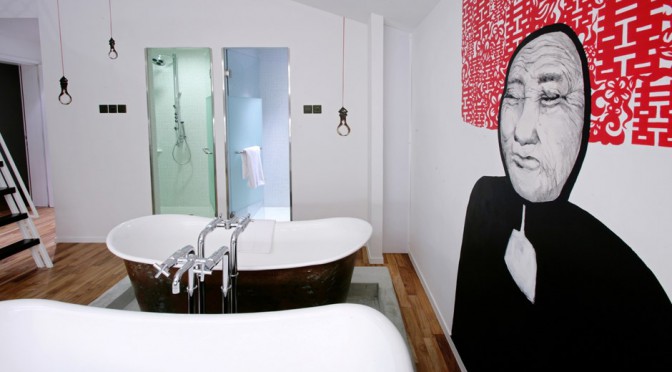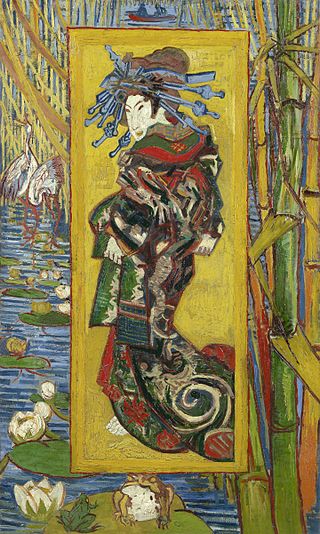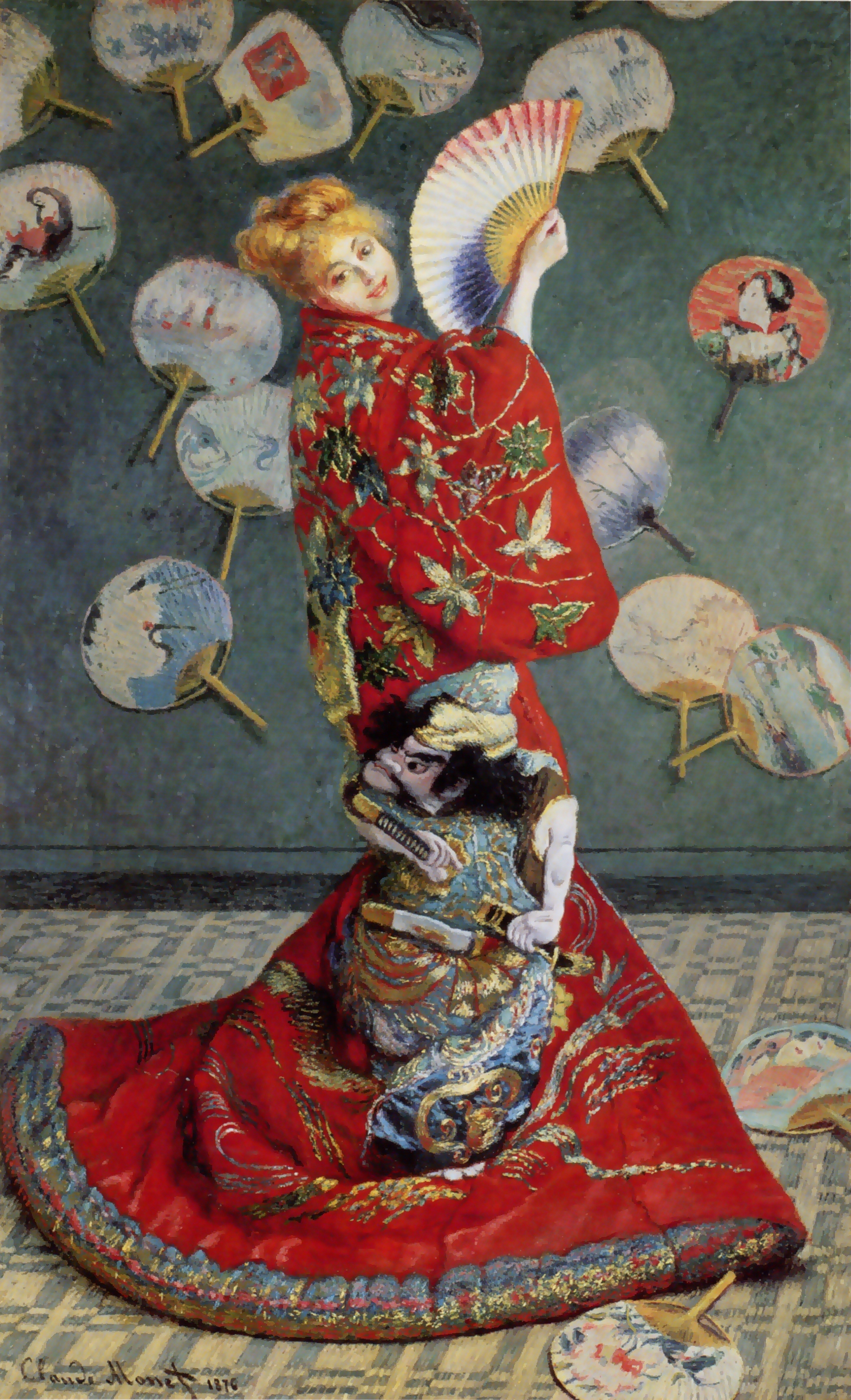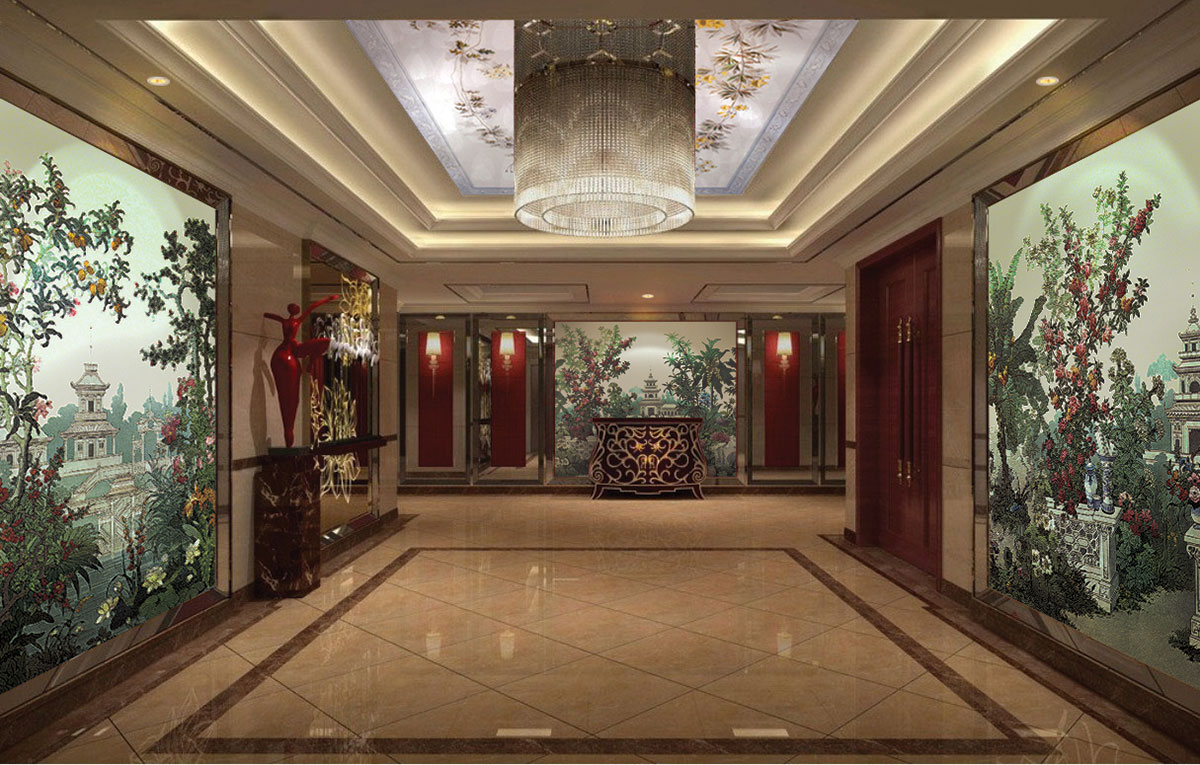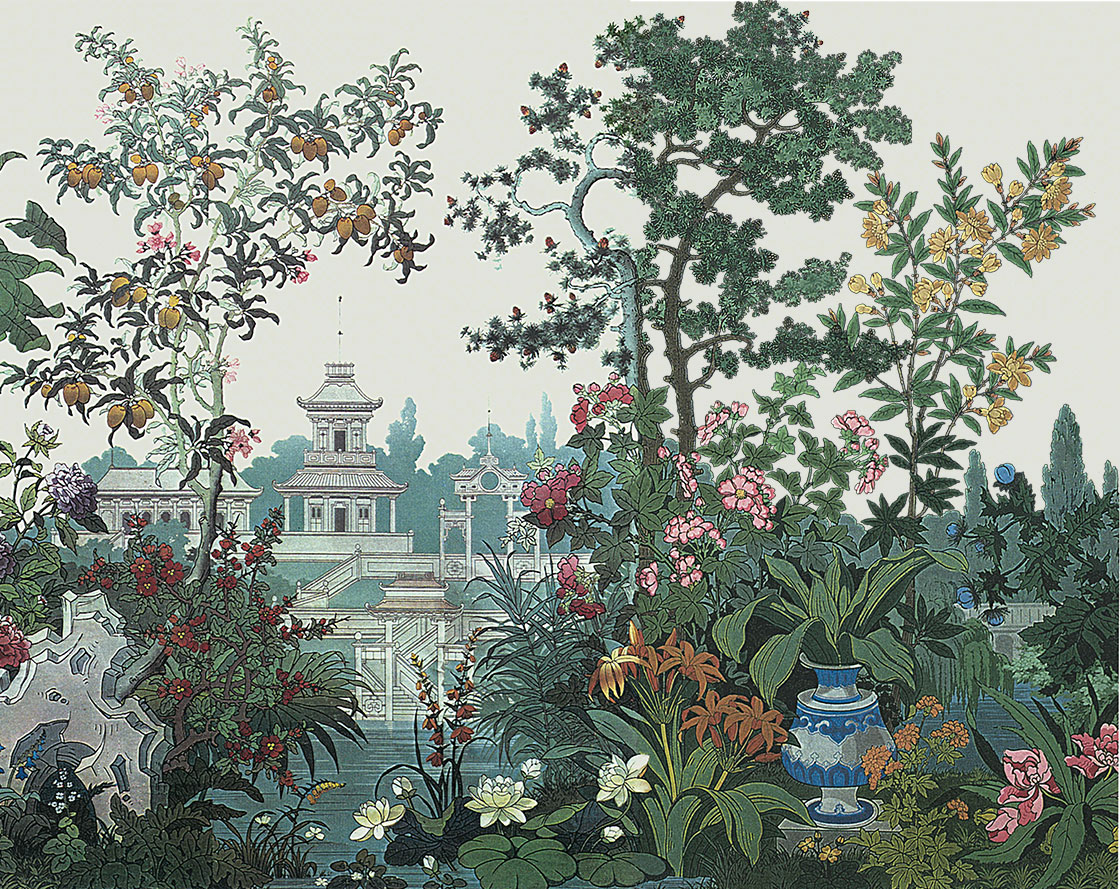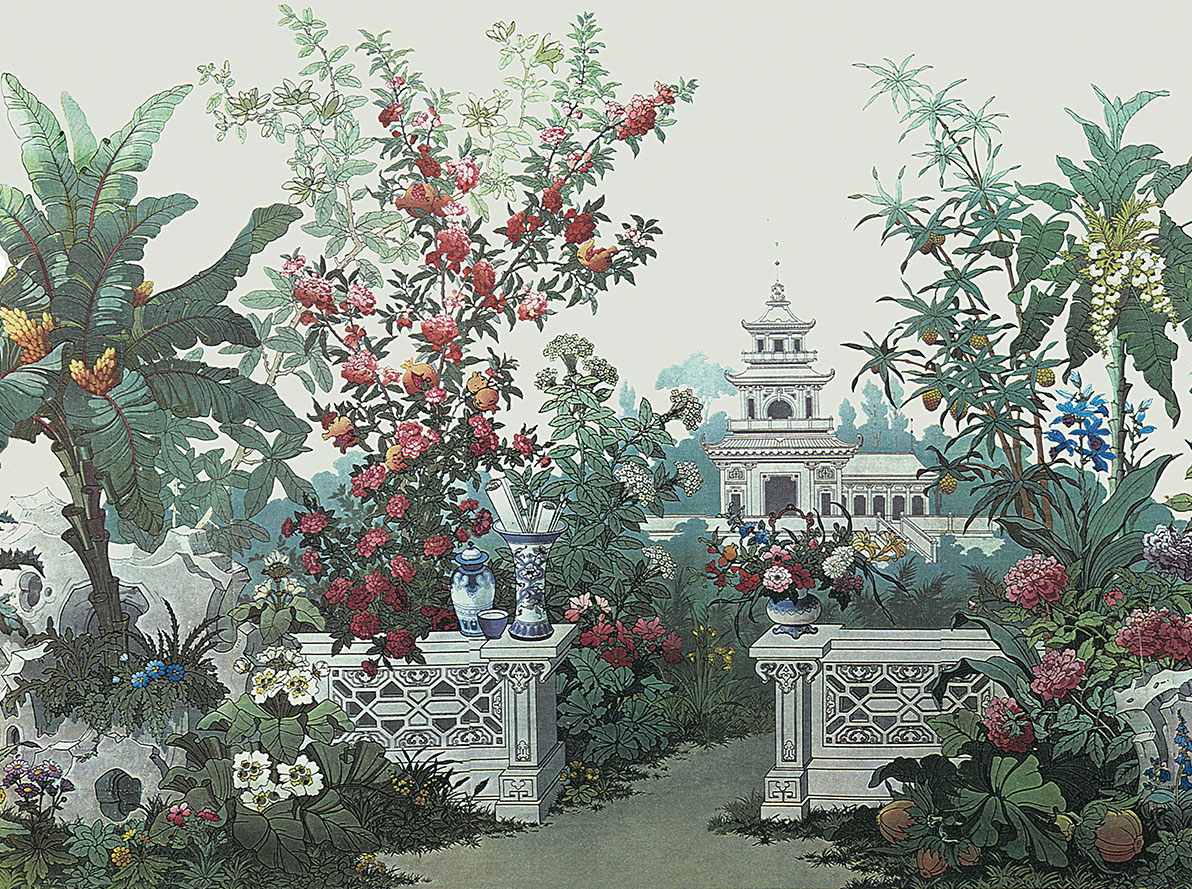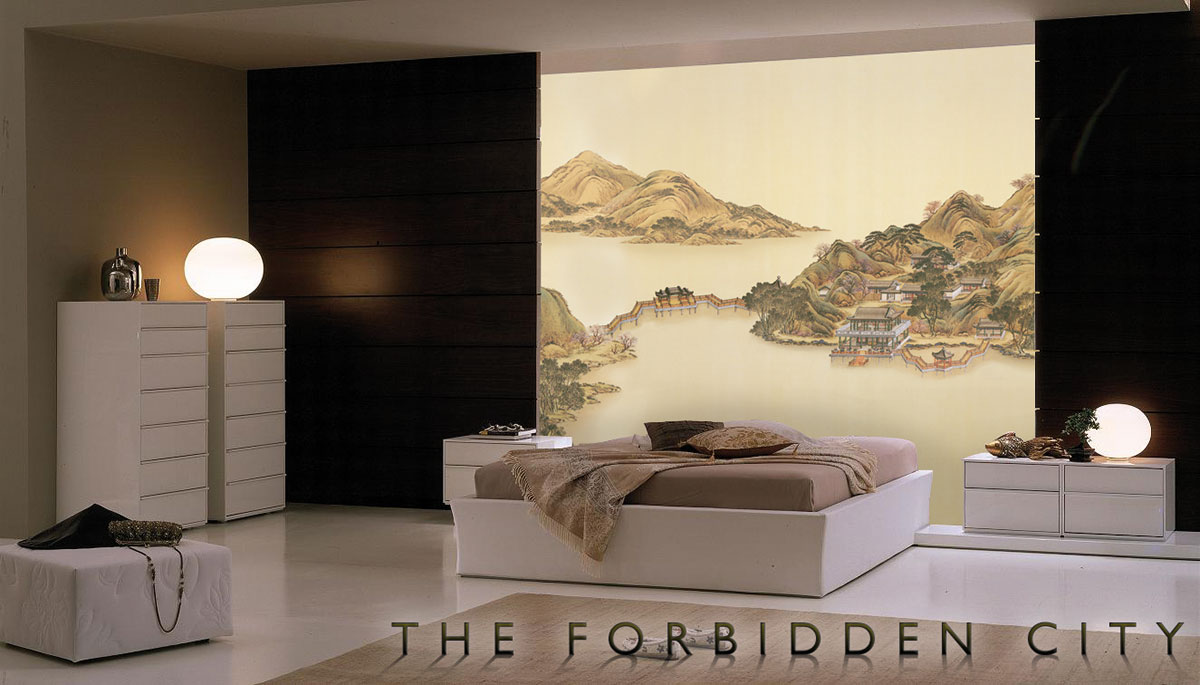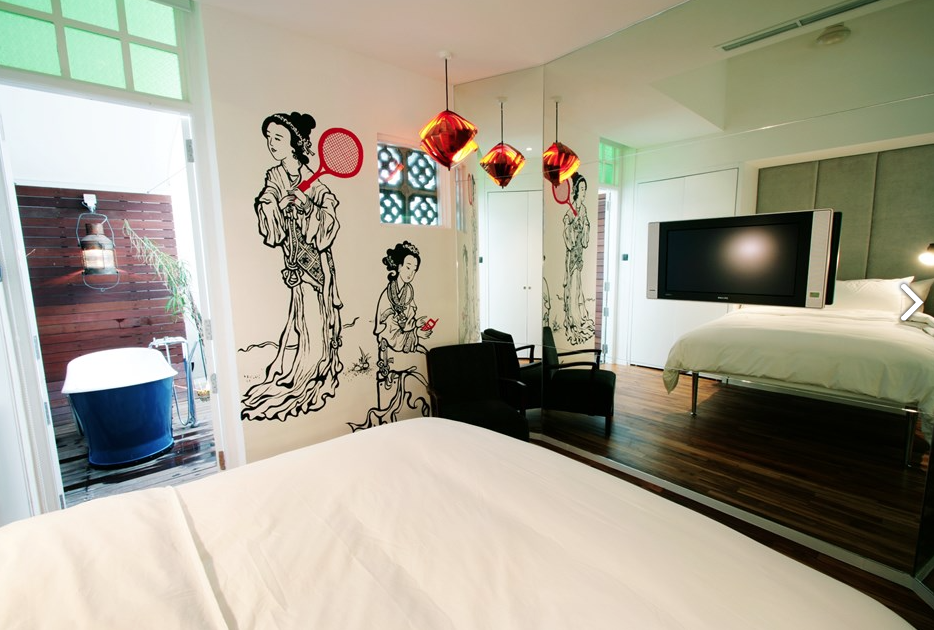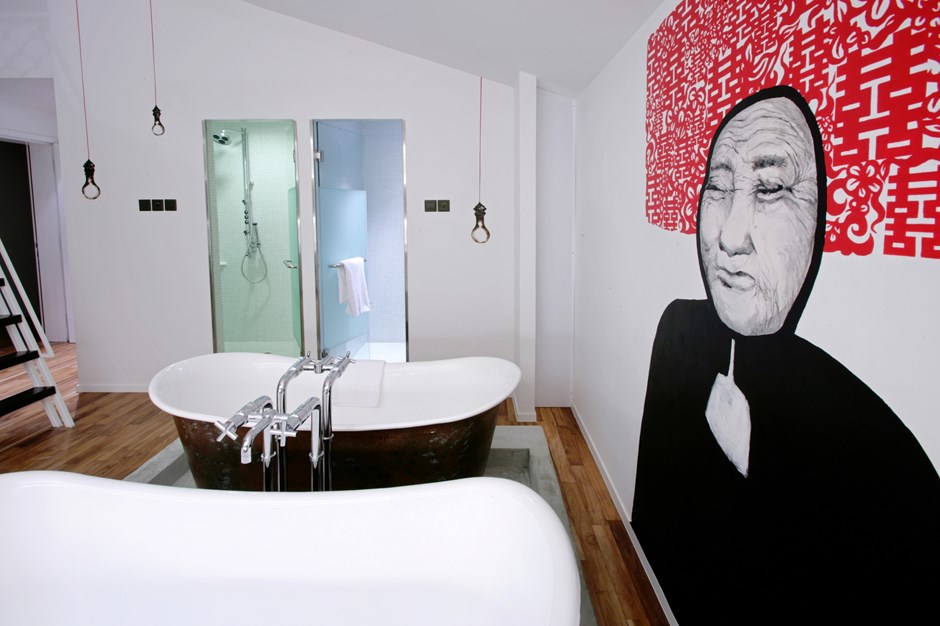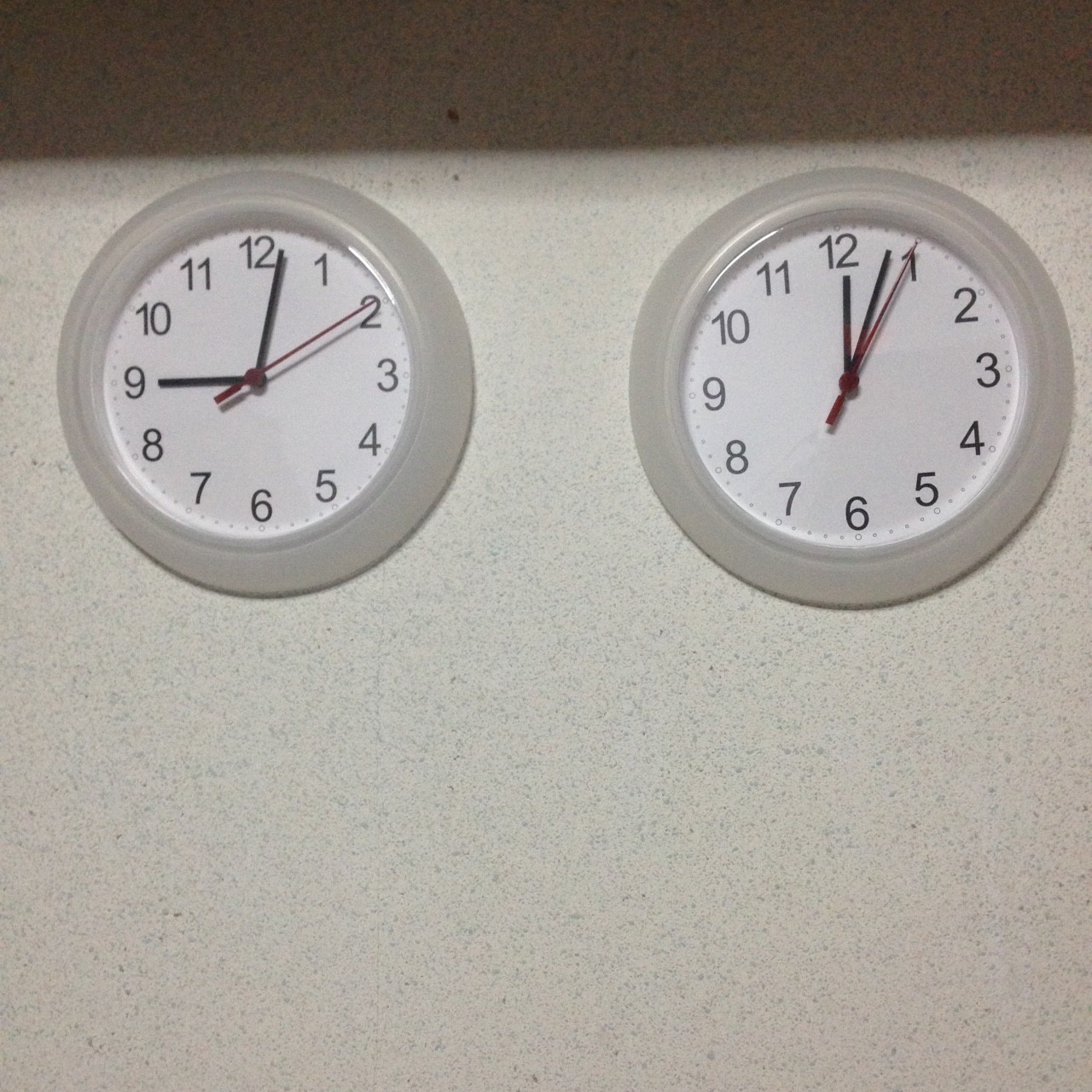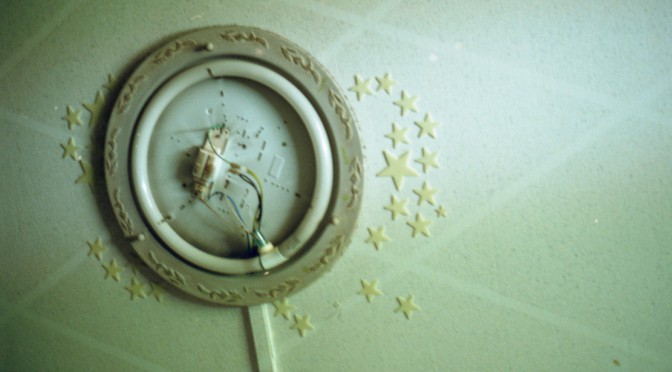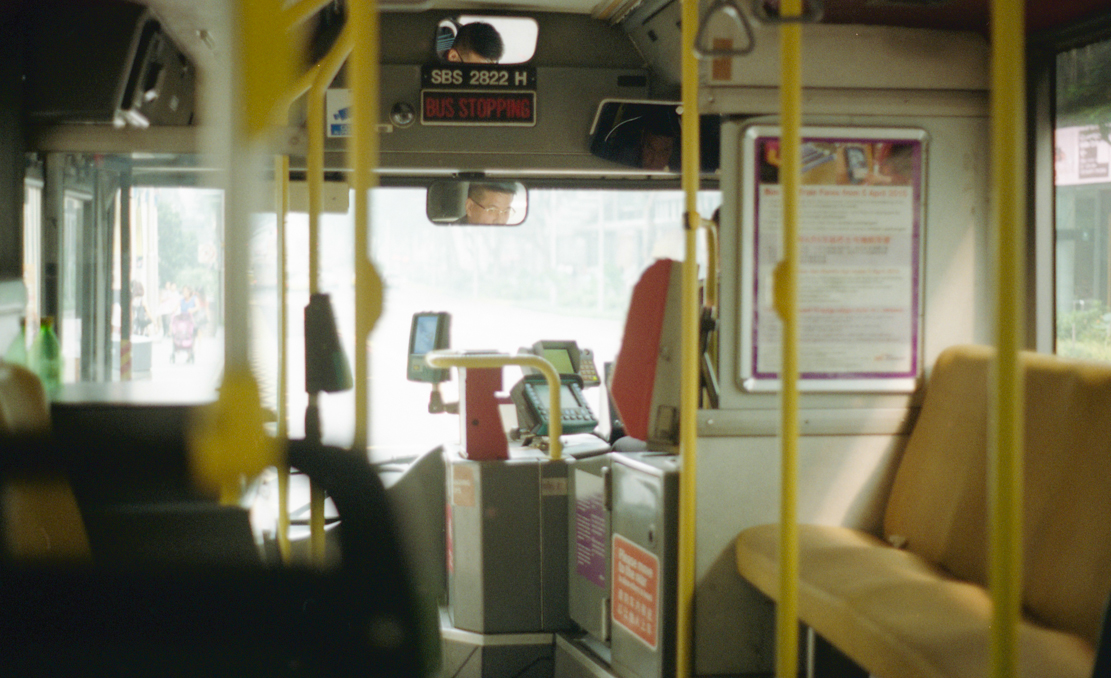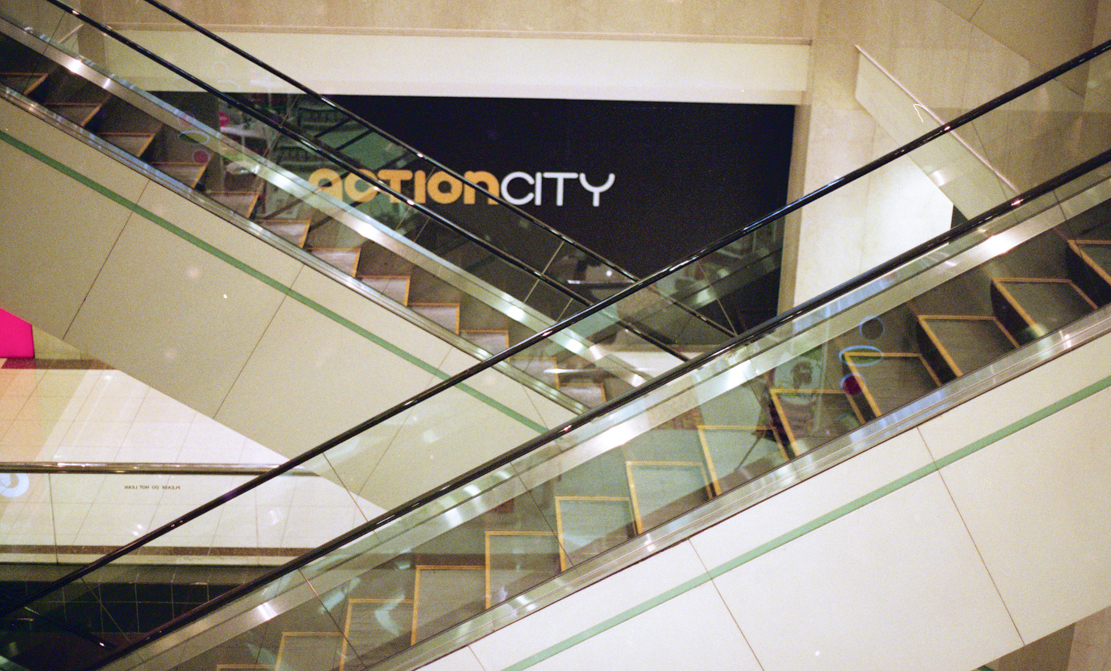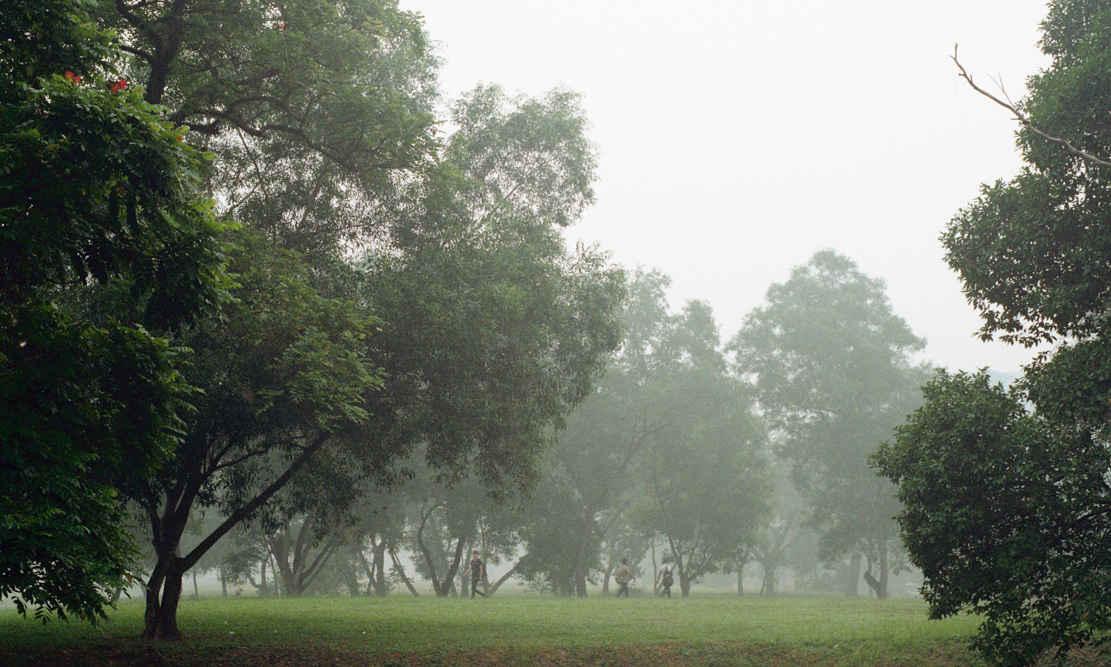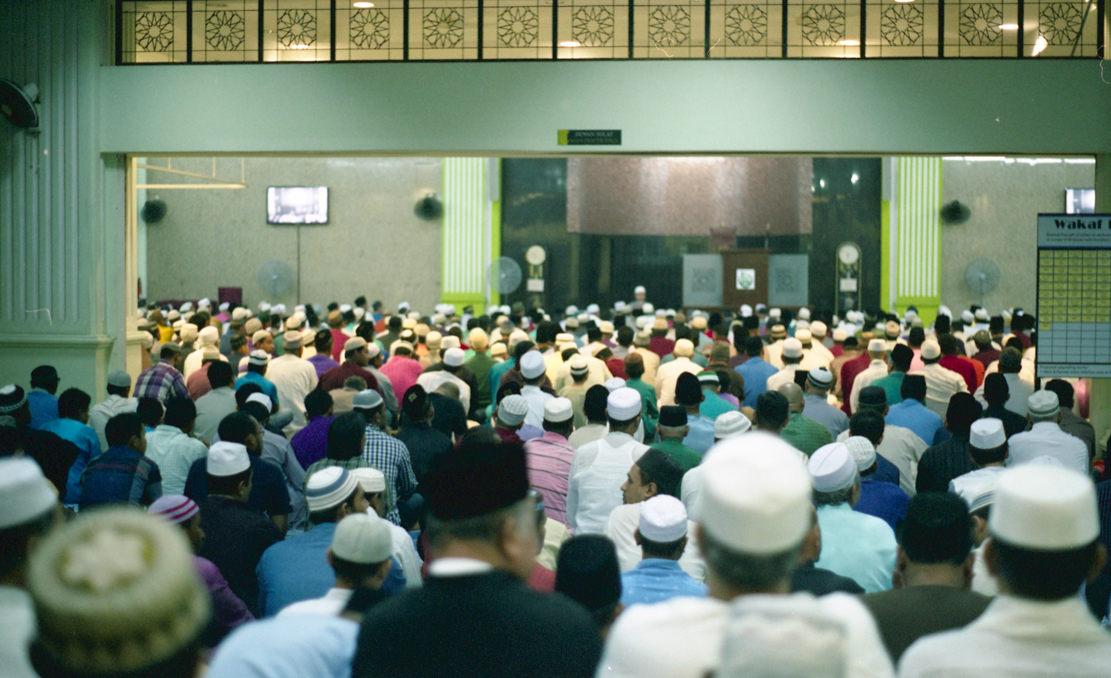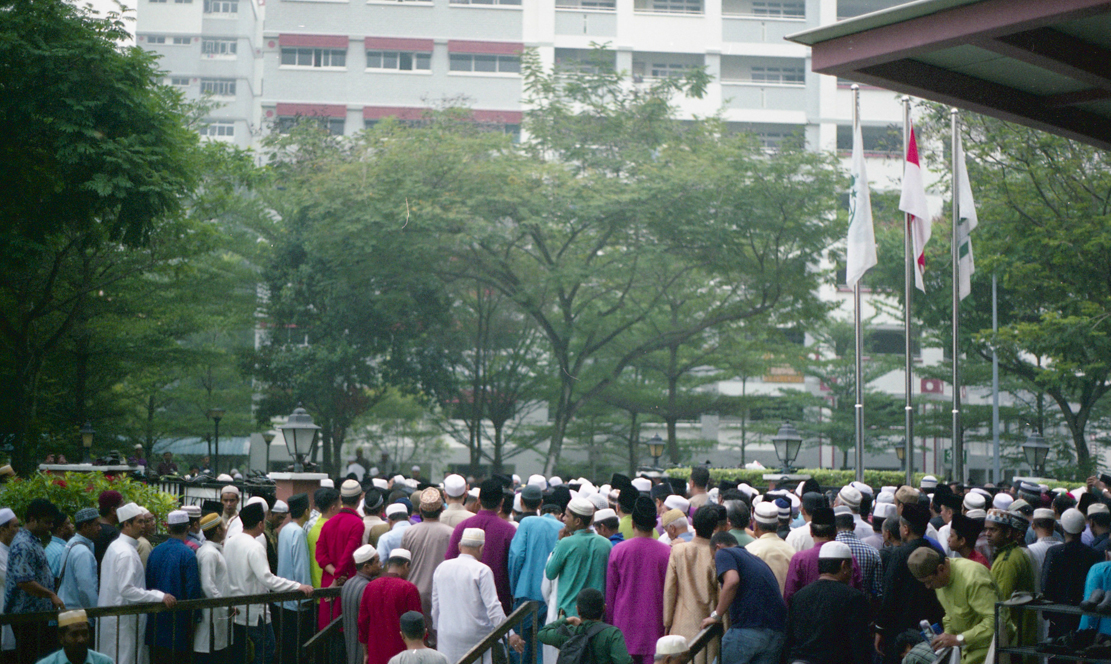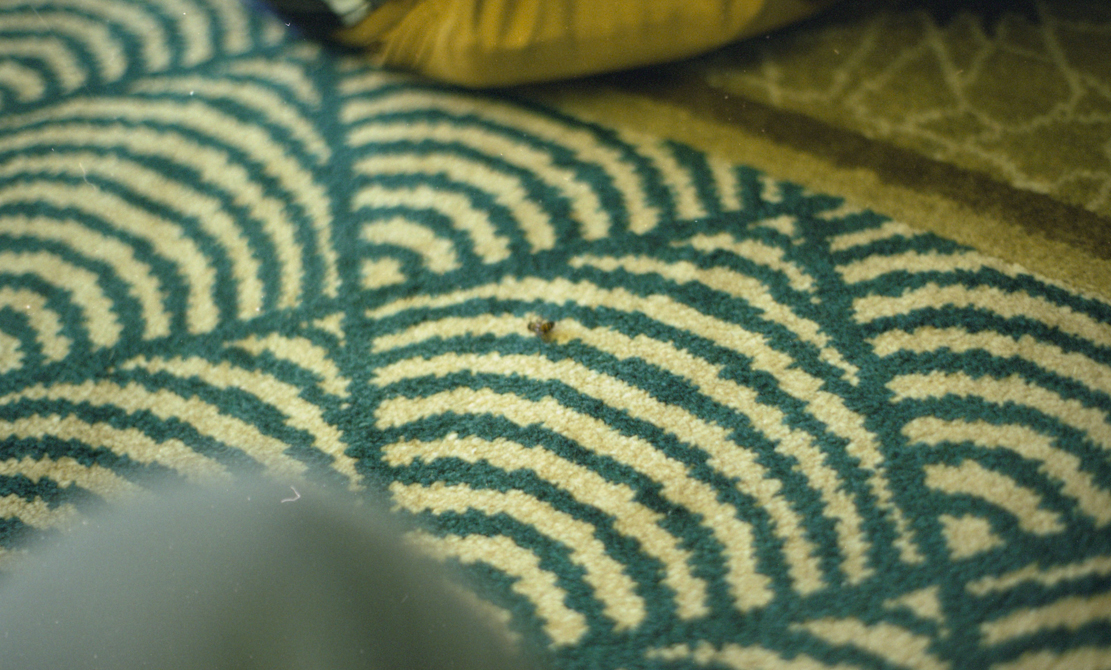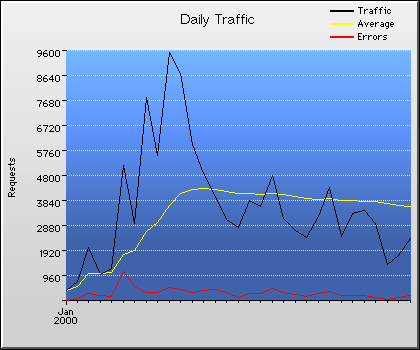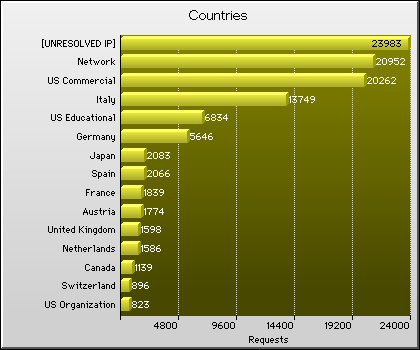I got the chance to visit 3 of the events in conjunction of the Contemporary Islamic Art, Design and Architecture conference. Prof. Sujatha was there at all 3 as well apparently. *insert laugter*
I wouldn’t say that Islamic Art really interest me but after the conference, it really change my perspective on Islamic Art. You guys gotta wait(i’ll post below) for how different speaker define Islamic Art!
BAYU. 8th Oct
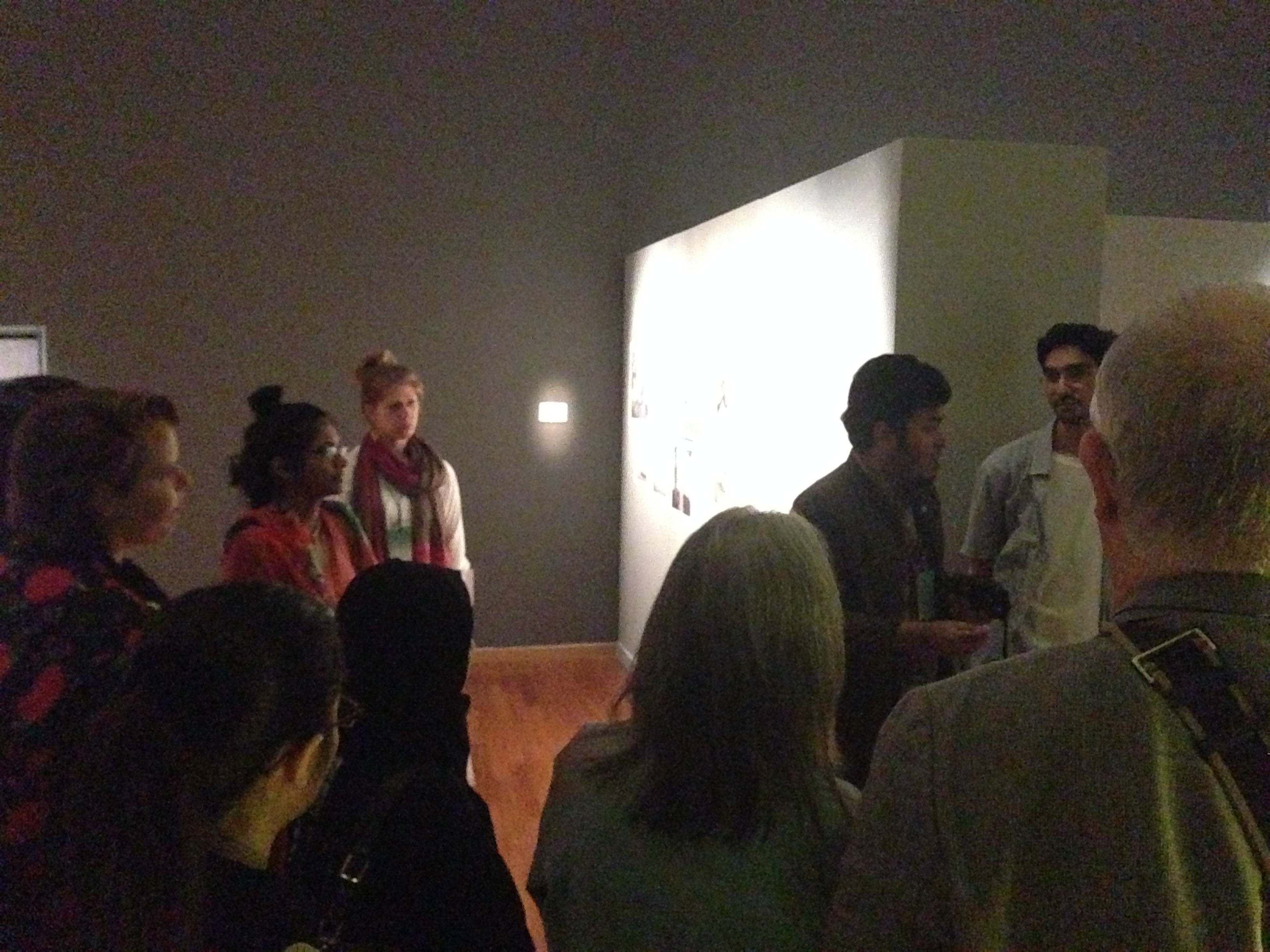
Iskandar with his opening speech
The first event was the opening of Bayu, an exhibition of contemporary islamic art in ADM. It was curated by Noor Iskandar and Javad. I really like the whole look of the exhibition. The mood was really dark and the spotlight light up the artworks perfectly. There’s a couple of artworks that capture my attention more than the others. The first one is by Inkten Sufina. Her real name is Nadhirah actually but anyway, she exhibit this work titled The Transitory. I know her instagram account and sometimes she will post work in progress and she post a photo on the process of this work.
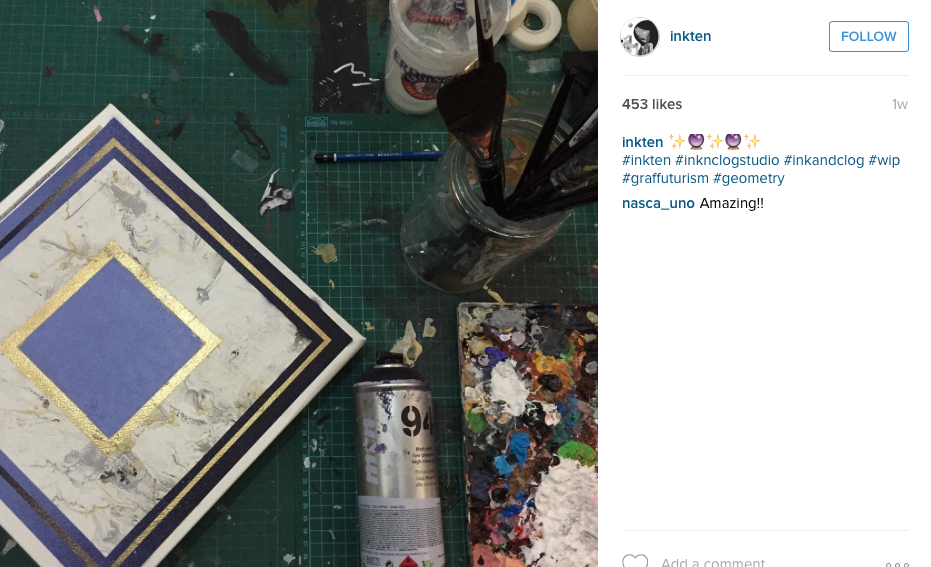
Inkten’s Instagram post
It’s amazing sometimes to see artwork from the studio surrounded by so many stains and trash to make the artwork. Then after it is done, it is exhibited in the gallery. As an artist, I also enjoy this transition. It’s very cool actually. As Inkten is a graffiti artist, I like how she interpret islamic art with some of her background as well. The whole look as element of graffiti somehow I feel. Geometric forms have been associated with Islam and this is how she associate her work with islamic art.

Inkten Sufina The Transitory 2015
Next is by Izziyani Suhaimi. I got a chance to exhibit beside her in an exhibition about 3 years ago. She’s an incredible artist who stay true to her medium, which is embroidery which explore the notion of time and labour. In the exhibit she make the praying mat and the colours are very beautiful.

Izziyana Suhaimi Waiting for the Northwesterly Winds 2015
Lastly, Afiq Omar’s Ferroux. I am familiar with Afiq Omar’s photographs so I was looking forward for his work but I was disappointed with his exhibited work. He chose to show an old work dated 2013. Plus, to me, it’s not even related to Islamic Art. Maybe there are the element of the Wind which is the titled of the exhibition. I have attached a video below, so tell me what you guys think.

Afiq Omar Ferroux
Overall, it was a good exhibition overall, showing a wide range of mediums and style.
Lectures at National Design Centre. 9th Oct
I was there actually as a part of the work-study to help Prof. Gul to record the lecture session. So it was like killing two birds with one stone as it was also beneficial to me as I am able to listen as well. I’ve taken a lot of photographs, but I am only going to share some interesting ones. All of the speakers are professional in their art field so it was a wonderful opportunity being able to listen to them.
I can’t really remember all the names of the speakers as I wasn’t keeping track but what important is what they are showing. I thought this slide was interesting. I never really see all this purposes of art all in one slide so yeah, take a look!

The Purposes of Art
The next speaker was Prof. Nada Shabout, she’s the Director of the Contemporary Arab and Muslim Cultural Studies Initiative (CAMCSI). She shared some work of contemporary islamic art and this one from Kader Attia was really really nice! I have attached a photo from online and insert the explanation.
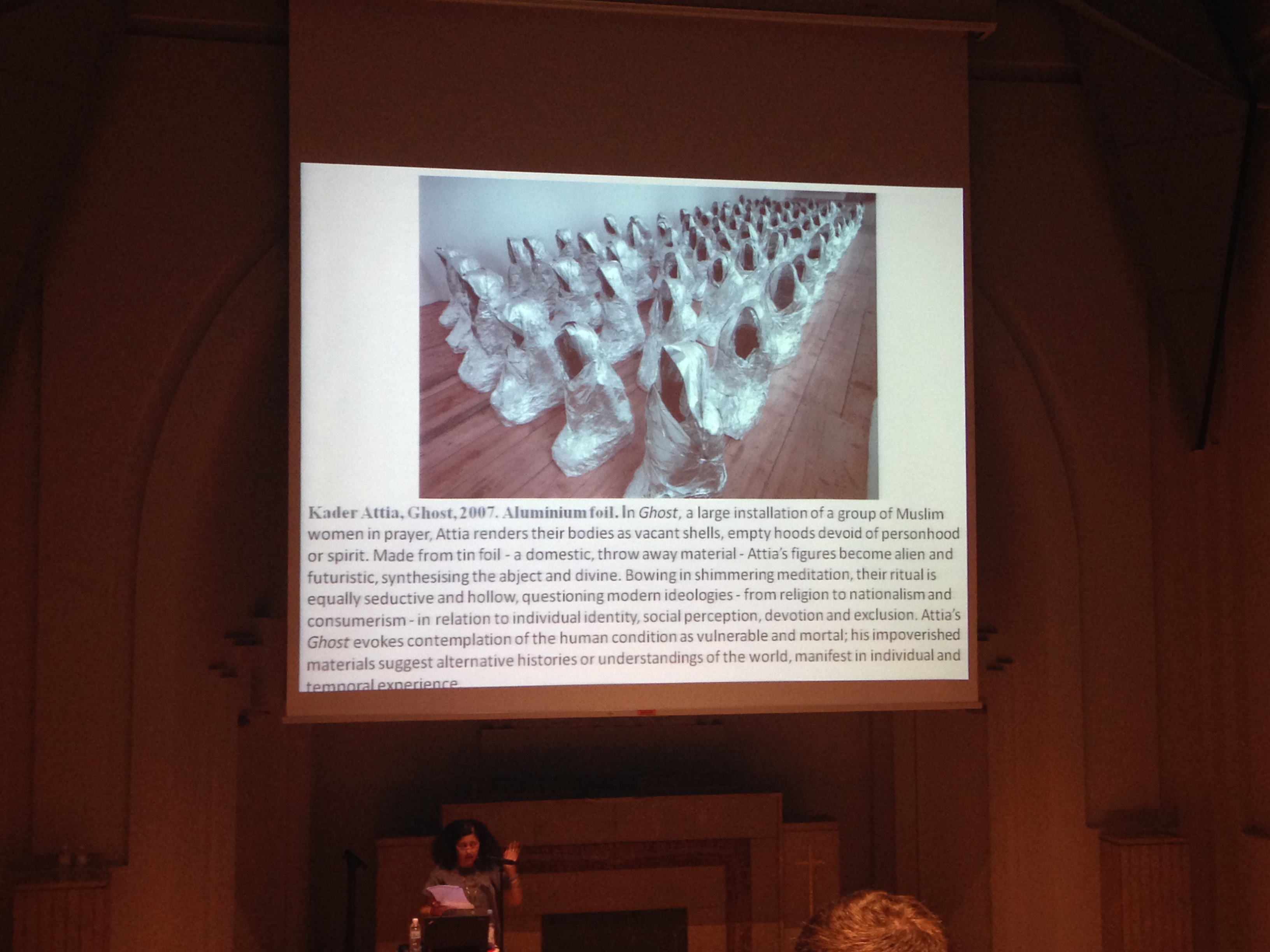
The medium and everything about this artwork is perfect actually!
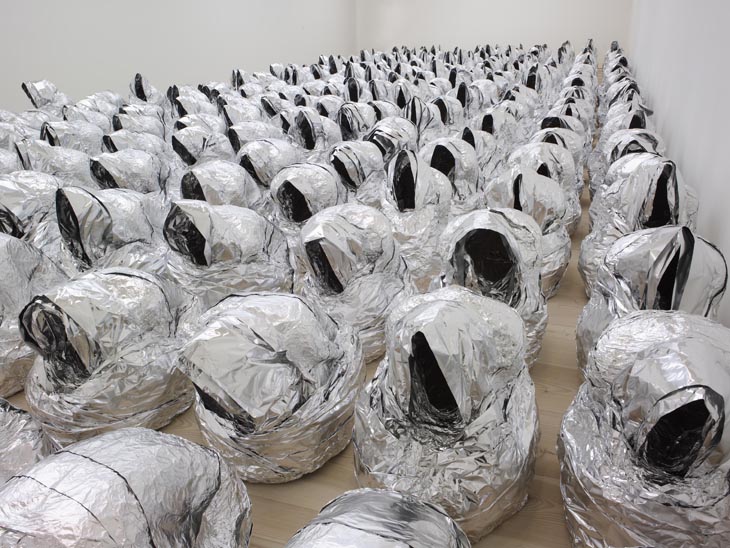
Kader Attia. Ghost. In Ghost, a large installation of a group of Muslim women in prayer, Attia renders their bodies as vacant shells, empty hoods devoid of personhood or spirit. Made from tin foil – a domestic, throw away material – Attia’s figures become alien and futuristic, synthesising the abject and divine. Bowing in shimmering meditation, their ritual is equally seductive and hollow, questioning modern ideologies – from religion to nationalism and consumerism – in relation to individual identity, social perception, devotion and exclusion. Attia’s Ghost evokes contemplation of the human condition as vulnerable and mortal; his impoverished materials suggest alternative histories or understandings of the world, manifest in individual and temporal experience.
Another work that caught my eye was Super Oum by Fatima Mazmouz. As you can see in the image, is a pregnant woman in her bra and panties wearing a boot and mask. In western culture, the mask could be seen as a Ski mask but in eastern culture, the mask can be read also as a veil so I thought that was interesting in terms of understanding cultural symbols as well. Plus the artist is from the middle east, so people would automatically read the mask as a veil that muslim women wear.

Fatima Mazmouz, Super Oum, 2009
The next speaker was Iftikhar Dadi from Cornell University. I like his hair! He was one of other speakers who was defining Islamic Art. Below are the slides which direct towards the definition. I agree with his statement, it also relevant to some form of art as well.
I agree with his statement, it also relevant to some form of art as well.
Here’s Prof. Sujatha asking Prof. Dadi some question which I can’t really remember. 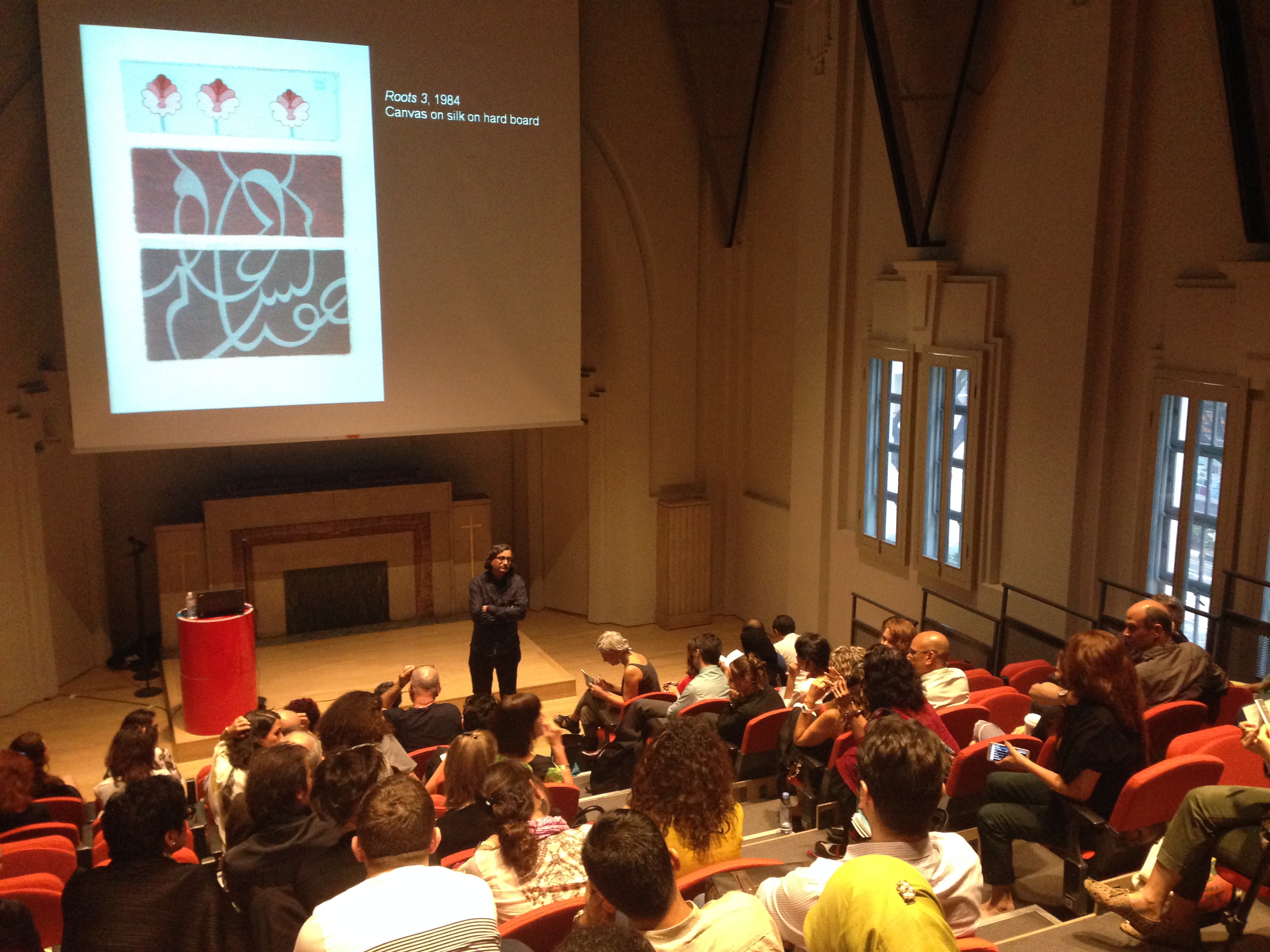
The next speaker was a very handsome man who I walk halfway through his presentation as it was already begin when I came back from my lunch and friday prayers. There’s this part where he shared how was religion, culture, art, architecture, ideas and a lot of other things was spread from one place to another through this 3 domain. Which was relevant to our art history studies in school.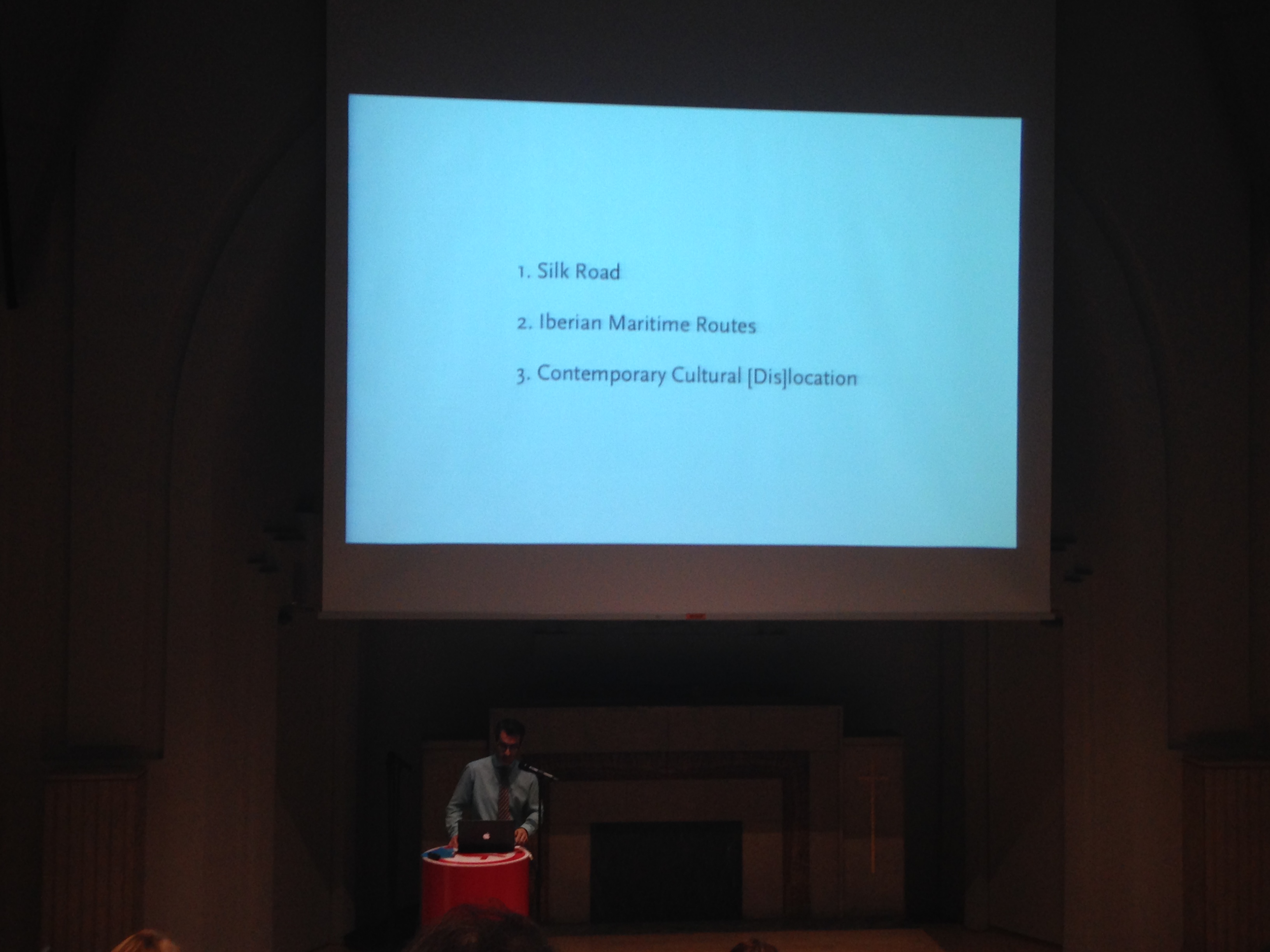
Islamic artist such Nusret Colpan is known for his miniature painting style depicting cities around the world. It has this map look to it which my team did during our presentation about a month ago. As you can see, what Nusret did was to put the Kaabah in the centre of the map to show Islam as the central role of the world. Again, we learned in class that artist uses map to show their power and their ideas towards their belief and this is what Nusret did. I have upload a better picture below. Read more on him here.
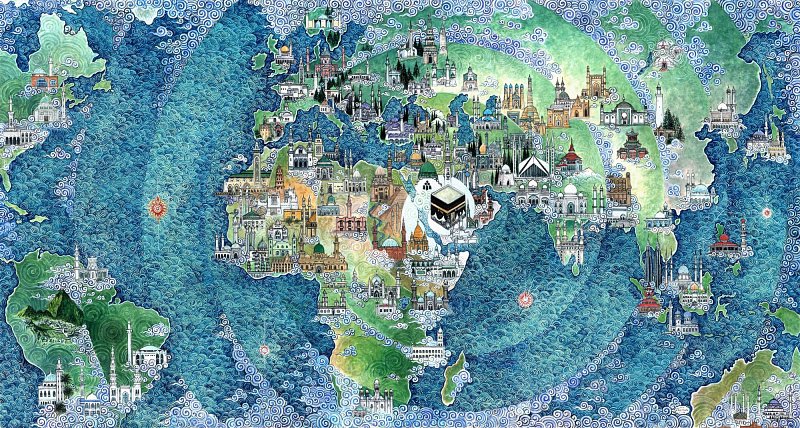
Islamic World, Nusret Colpan
He also define Islamic Art and put Islamic art side by side with Religious art and secular art, which I thought that was interesting. 
He also mention that some artist that uses provocative act in their artwork like the one above by Fatima Mazmouz has nothing to do with Islam as the religion but only uses it for an instrument for self promotion.
Overall the lecture at the National Design Centre was interesting and open up my eye. I only have this little knowledge on contemporary islamic art but after the lecture, I have known more artists and their artwork on contemporary islamic art. However, some of the talk were too complicated and too education to me that I was falling asleep.
Jameel Prize 3. 9th Oct.
Right after the lecture at the NDC, we all make our way to the opening of the Jameel Prize. The Jameel Prize is an international award for contemporary art and design inspired by Islamic tradition. Its aim is to explore the relationship between Islamic traditions of art, craft and design and contemporary work as part of a wider debate about Islamic culture and its role today. I managed to enter the exhibit without anyone before its grand opening. It’s at the National Library level 10 by the way.
The space was huge and the exhibit was very well put maybe cause there’s a high budget on this one. Haha.

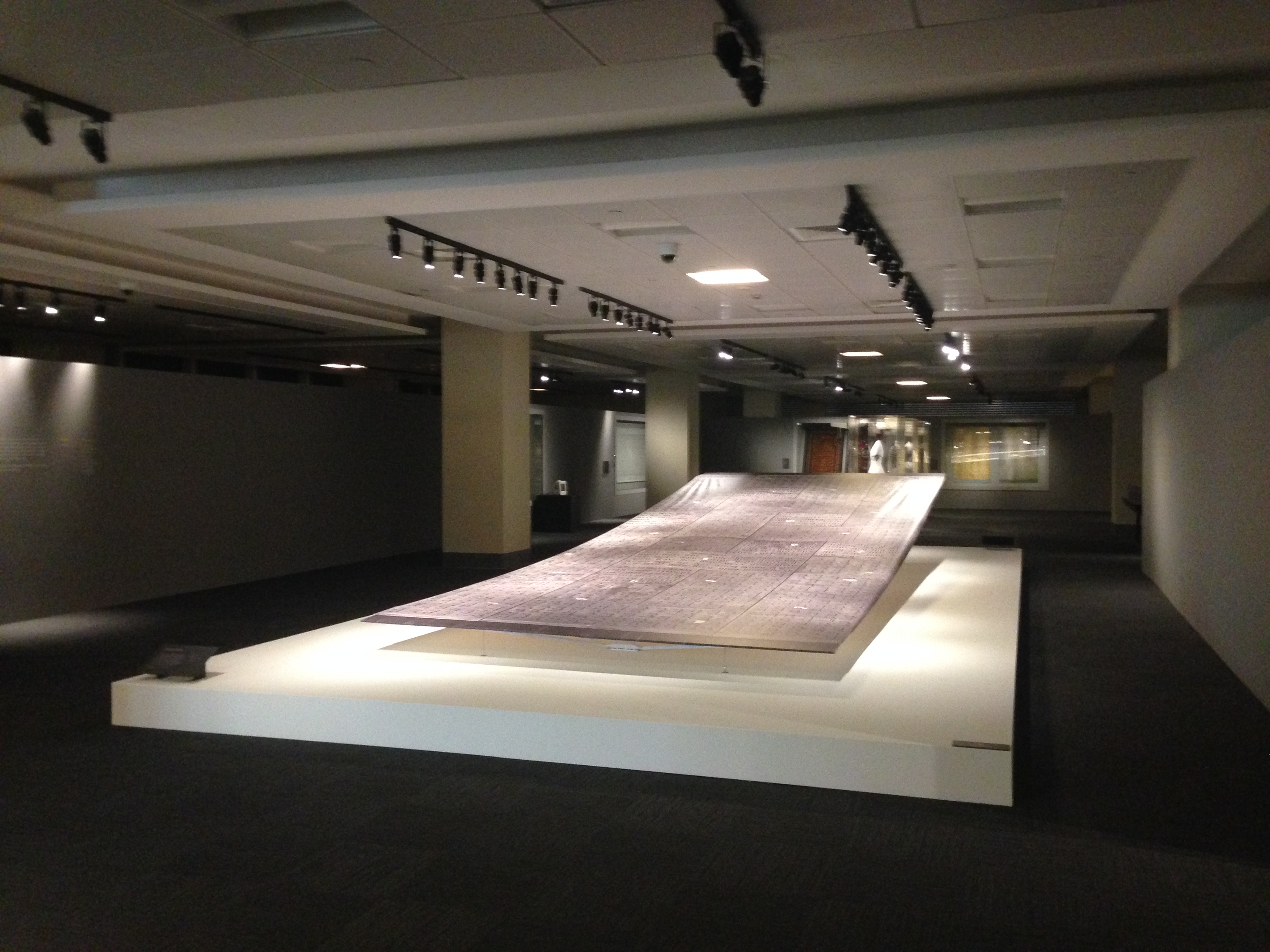
Before the opening ,everyone was gathering outside waiting for the minister, Dr Yaakob to arrive.
Dr Yaakob in pink and on his left is Mr Maidin Packer mohd, who was an PAP MP minister back then.
This artwork was the winner for the Jameel Prize 3. It’s an fashion garment by Dice Kayek. I think it does deserve the award as this work was inspired by the Hagia Sophia, which was build as a church then it became a mosque and now a museum. The work was interesting because the translation from architecture to fashion garment shows how islamic art can still transfer from one art form to another, as they did in the past.

Berita Harian, a malay newspaper was there to write some story and they told me to pose with Prof. Peer and the others.
If you want, you can read it here.
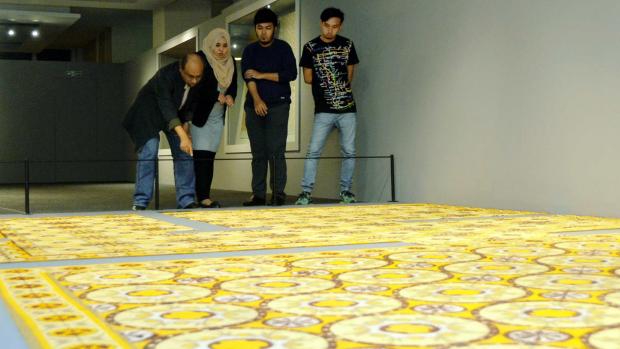
That’s all folks. I hope I can enter the Jameel Prize next time and bring home the £25,000.
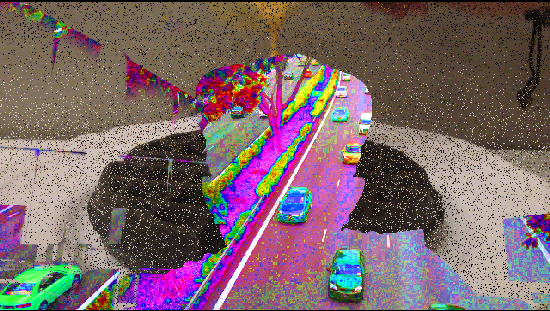


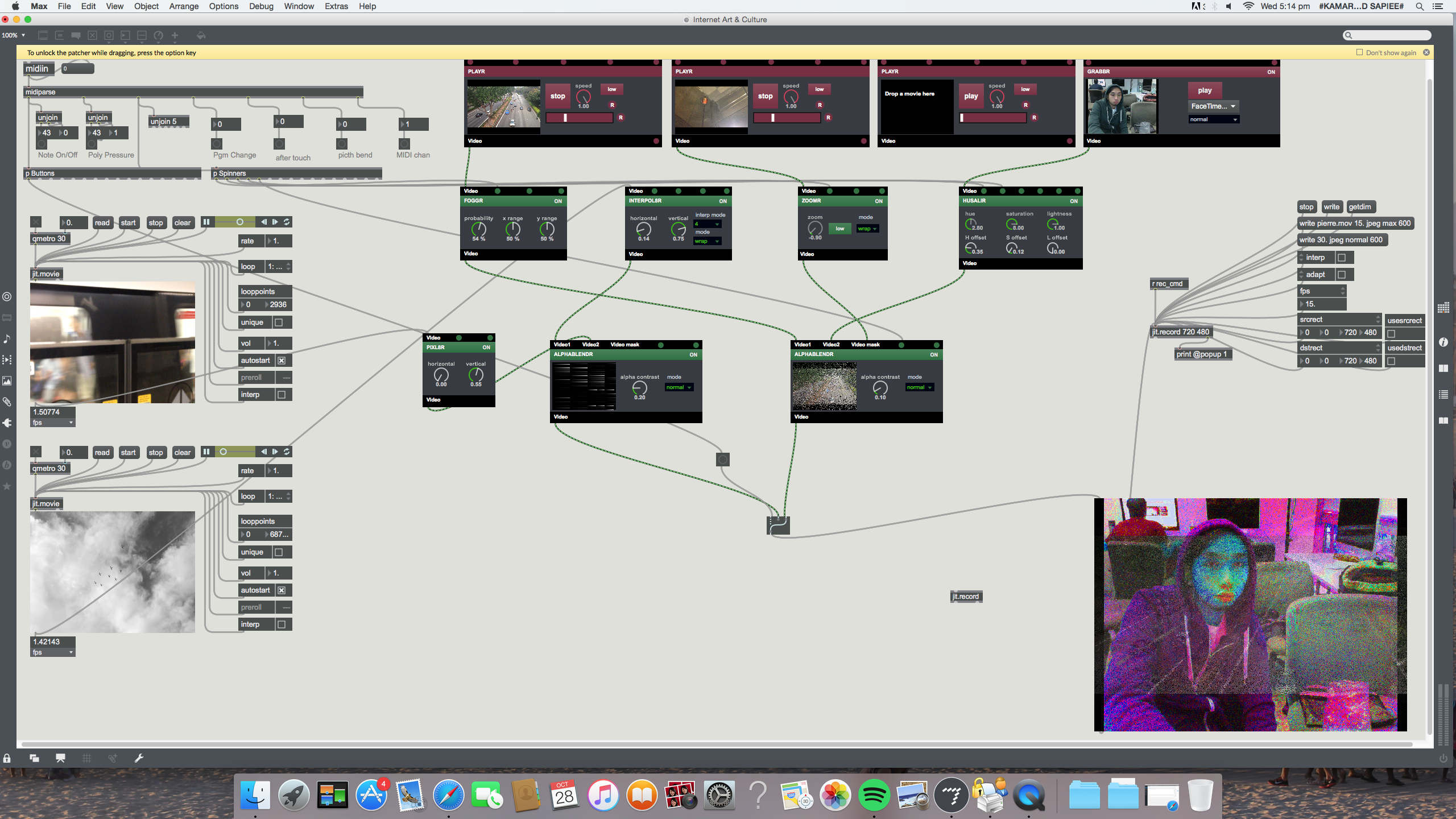
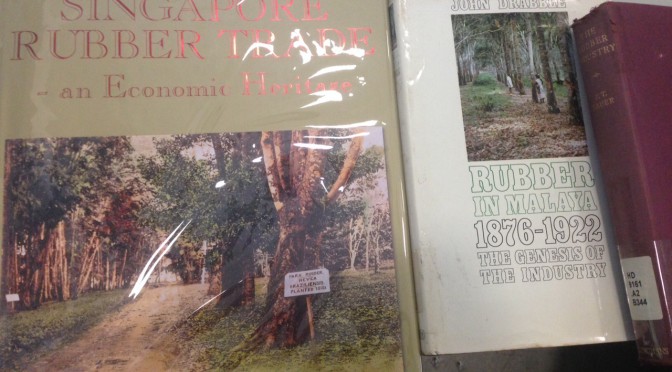



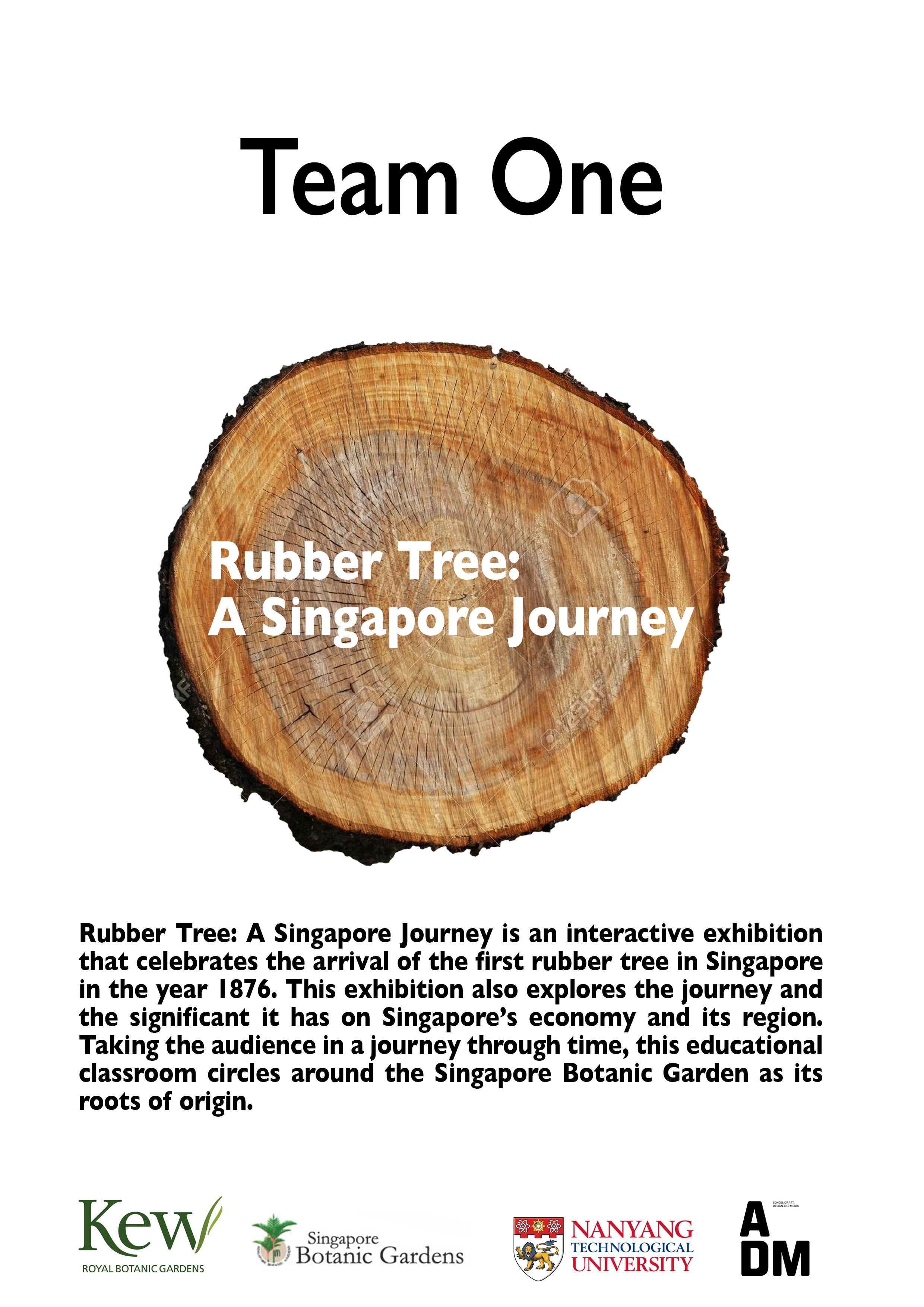
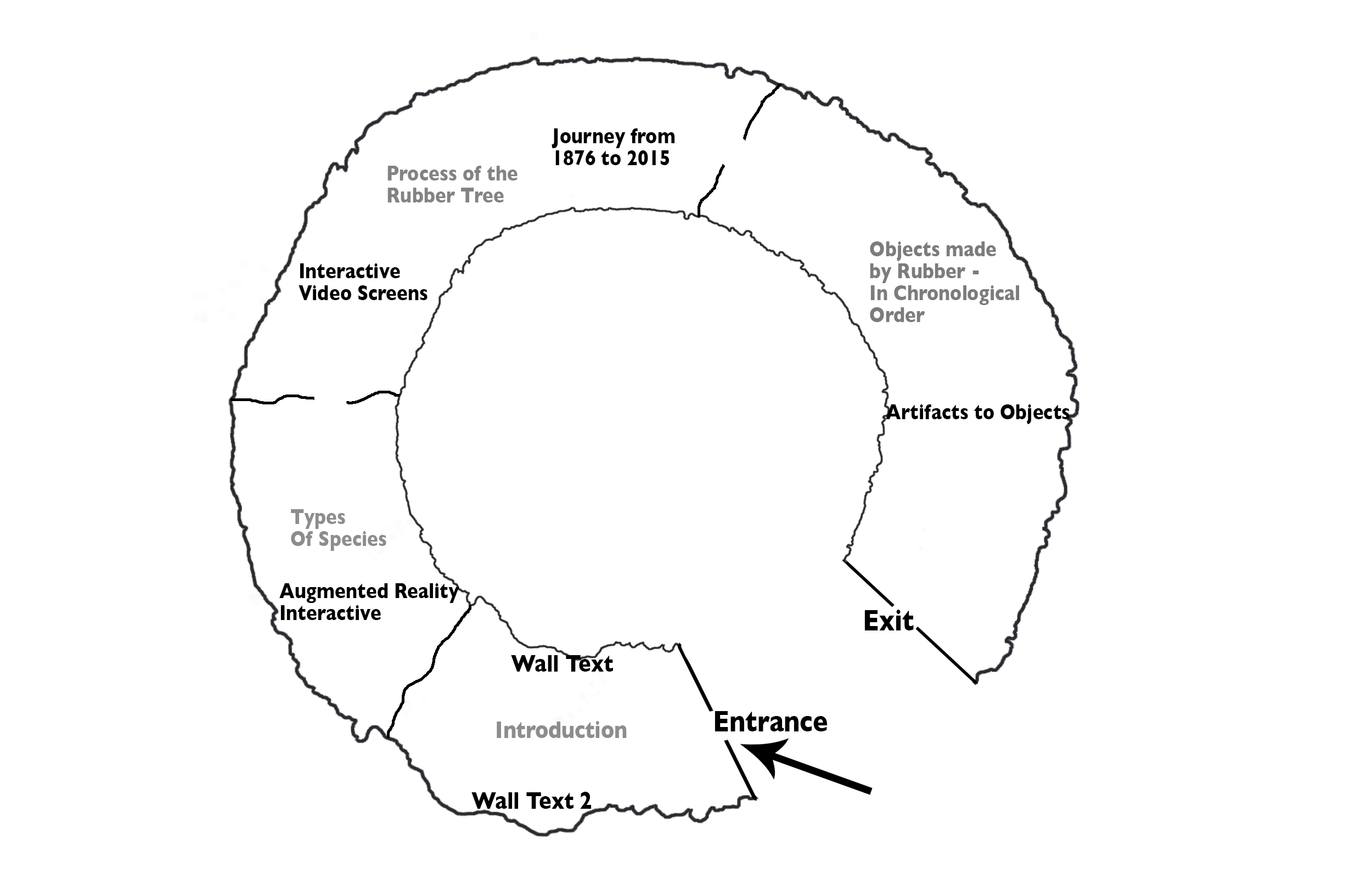
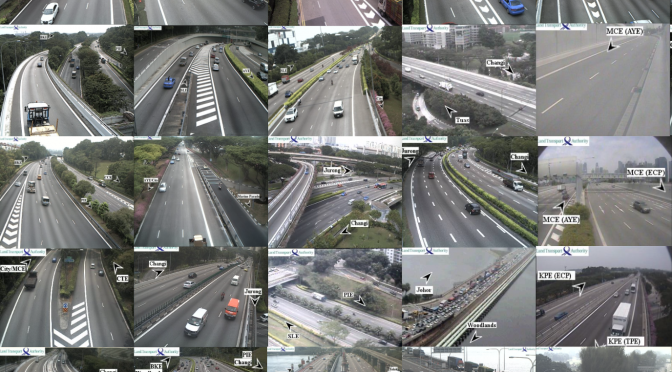
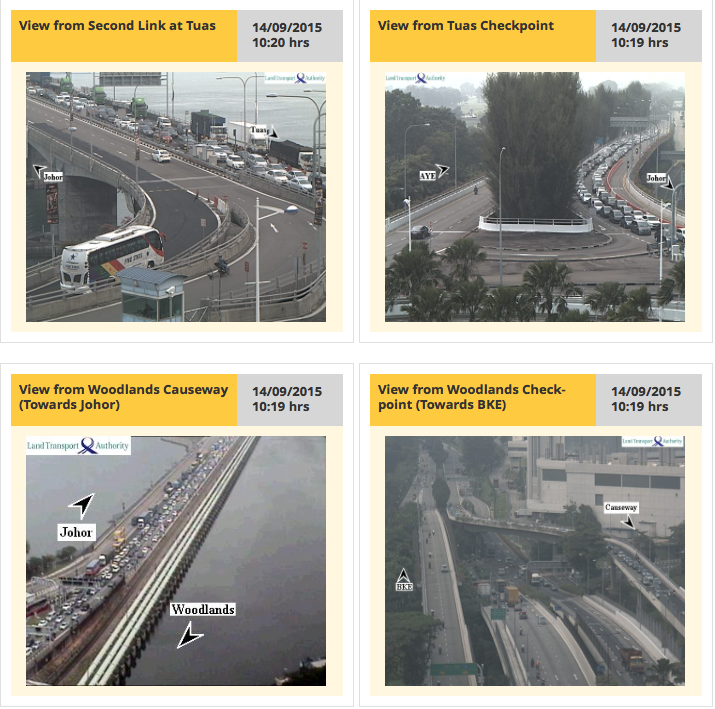
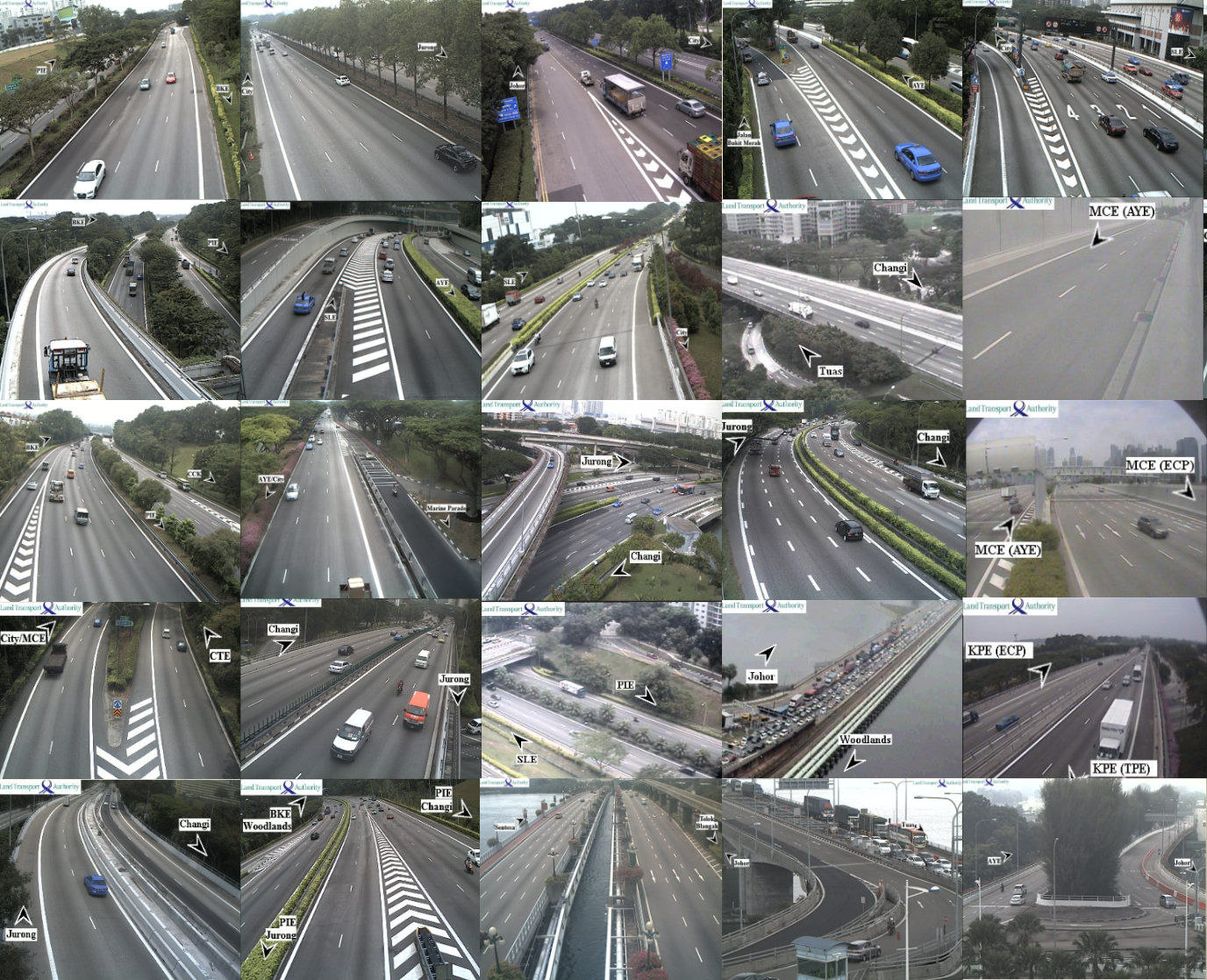
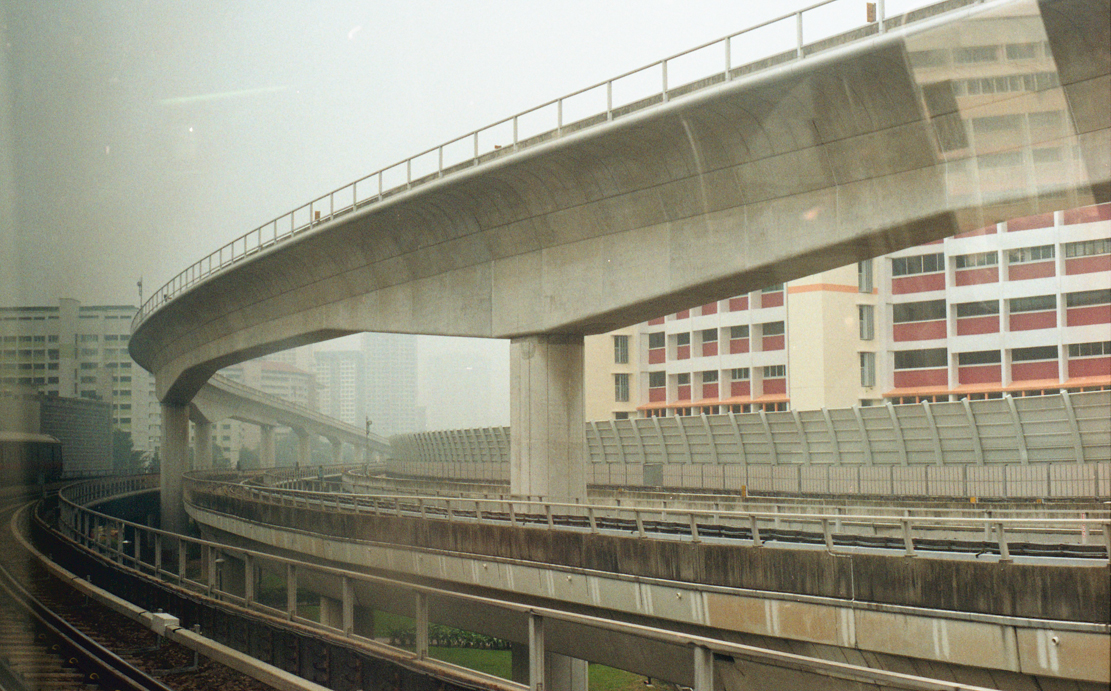
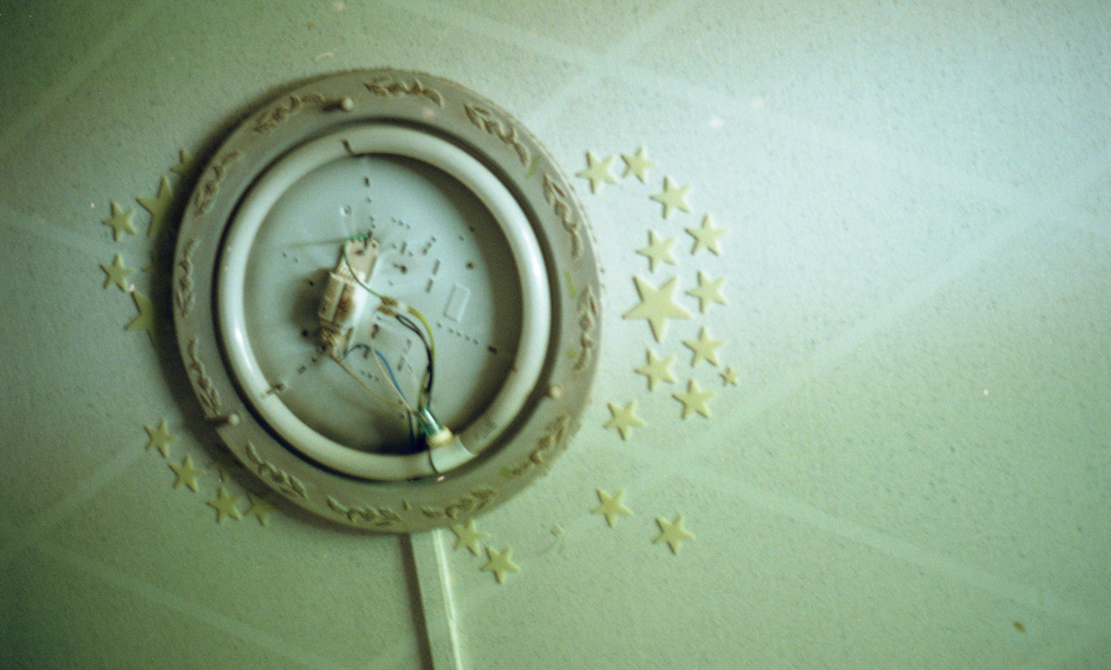
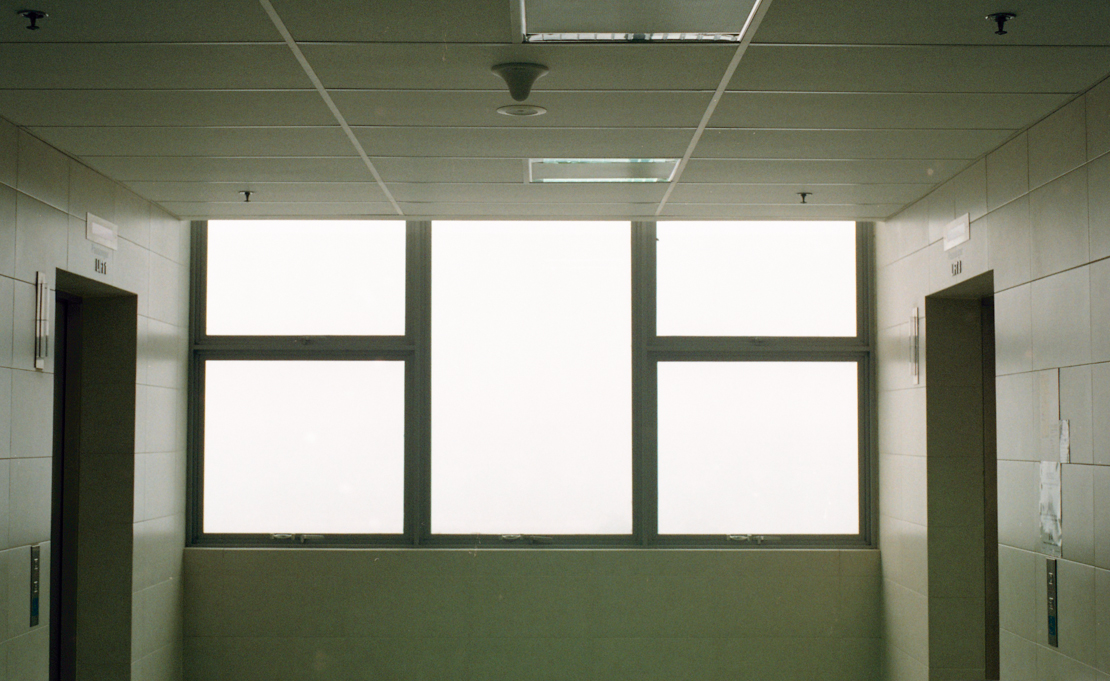

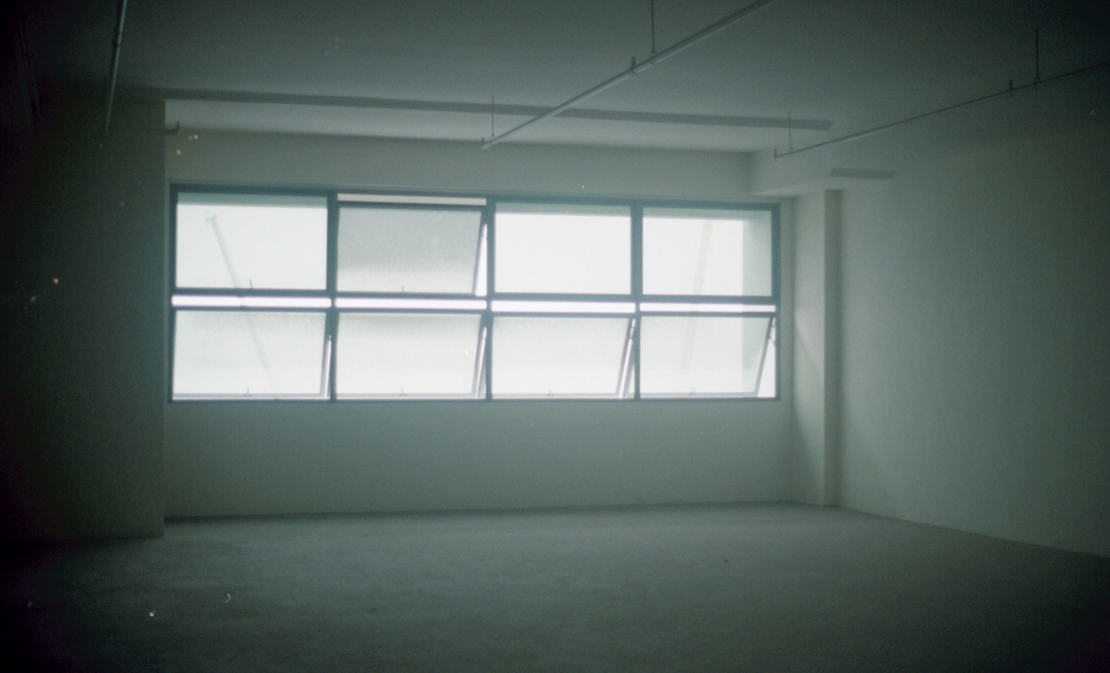

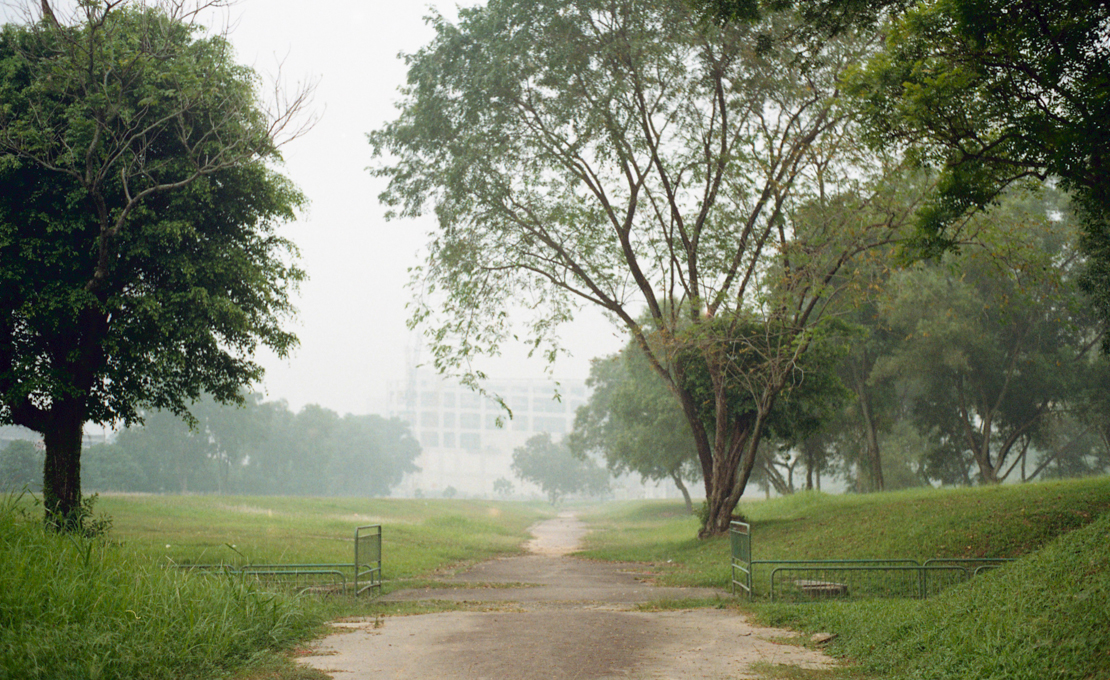
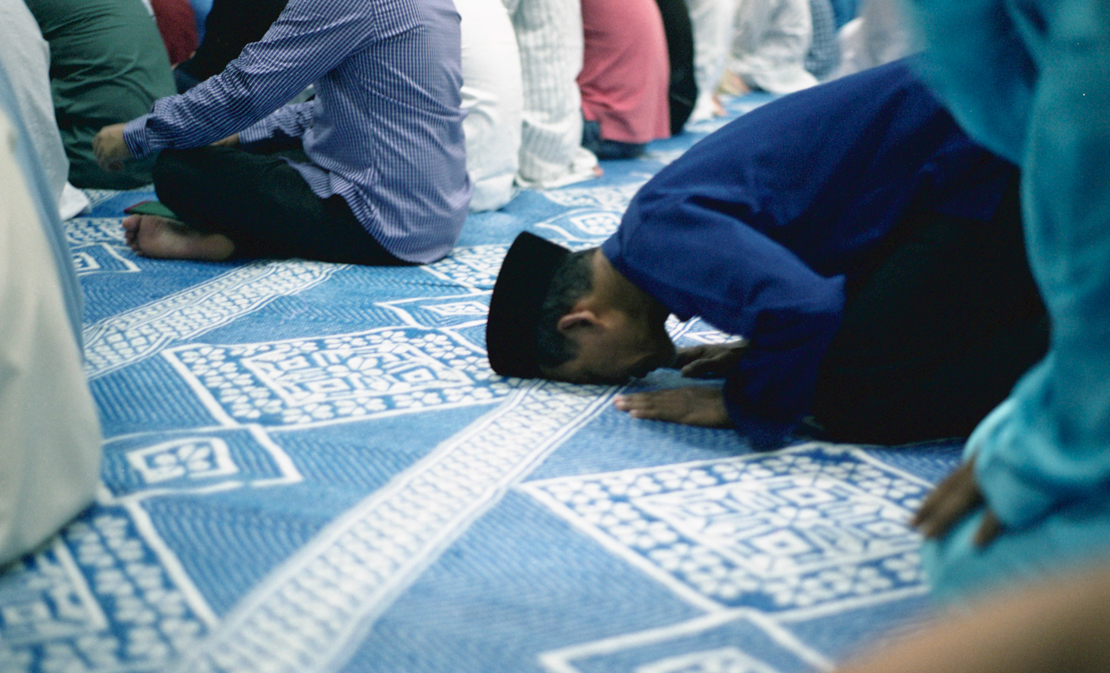
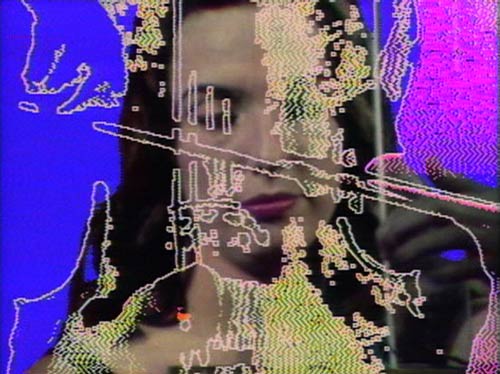

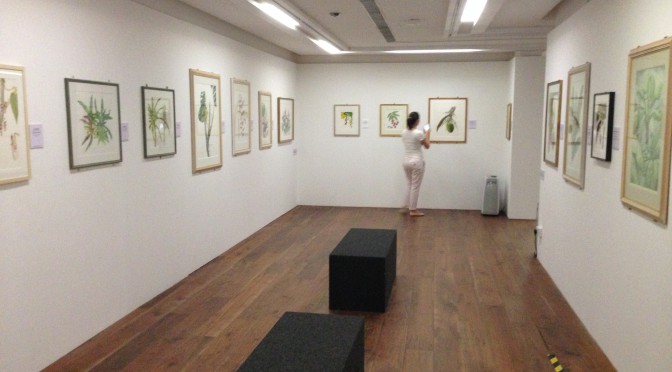










 I agree with his statement, it also relevant to some form of art as well.
I agree with his statement, it also relevant to some form of art as well.












